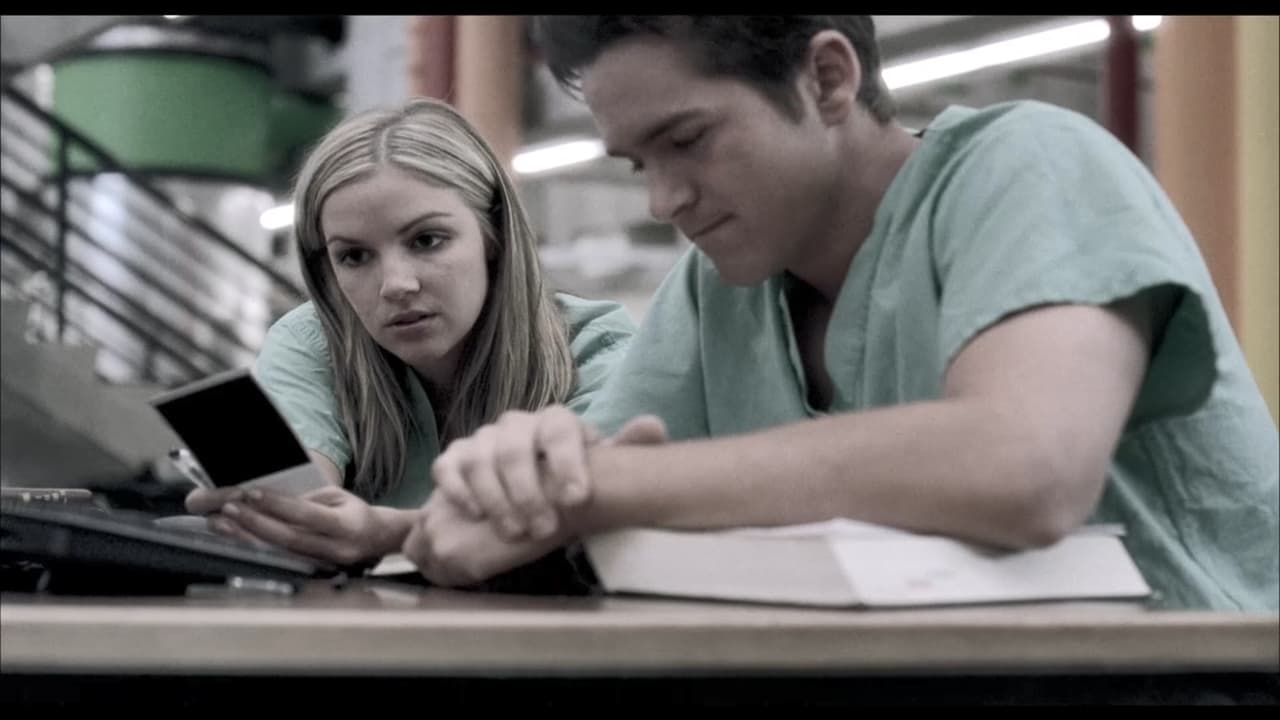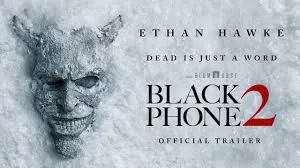She died in silence. But now she’s screaming through every incision.
In the sterile corridors of a teaching hospital, where death is routine and science reigns supreme, there lies a cadaver that should never have been touched. Unrest (2006) isn’t your average medical horror — it’s a haunting descent into the consequences of curiosity, and what happens when the veil between body and soul is cut too deep.

Alison Blanchard, a driven first-year med student, enters the gross anatomy lab with ambition and nerves, but her resolve begins to crumble when she meets her assigned cadaver — a young woman with no name, no history, and eyes that seem to accuse even in death. As strange occurrences mount — equipment malfunctions, sudden deaths, visions of a veiled figure — Alison becomes convinced that something is deeply wrong.
The deeper she digs, the darker the truth becomes. Her cadaver was not a simple John Doe — she was a ritual sacrifice, the victim of a brutal act that bound her spirit to her corpse. And now, exposed to scalpels and surrounded by students who disturb her rest, she begins to fight back — not with screams, but with silence, infection, and madness.

Based on real pathology-room experiences and shot in an actual medical school using real human remains, Unrest is soaked in authenticity and dread. It’s not just a film about what we do to the dead — it’s about what the dead might do back. Tense, clinical, and eerily spiritual, it reminds us: death isn’t just the end of life. Sometimes, it’s only the beginning of horror.
-1754966555-q80.webp)

-1749462419-q80.webp)
